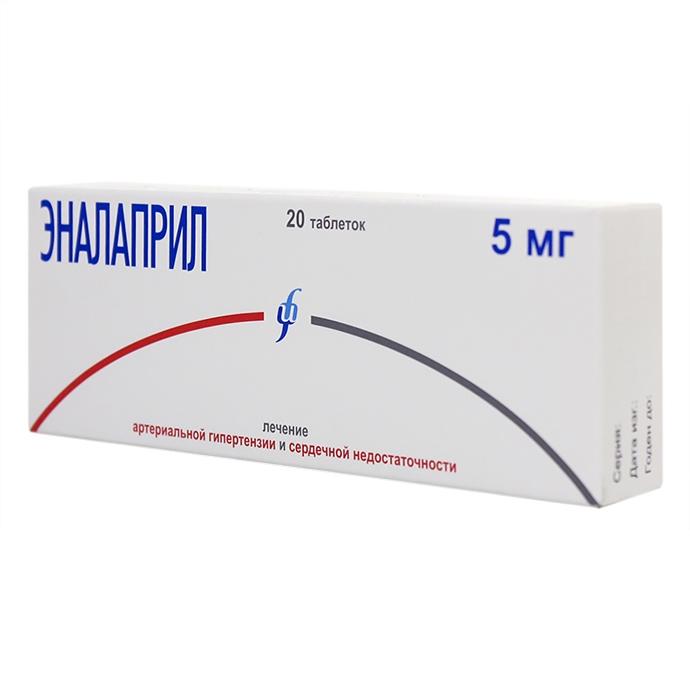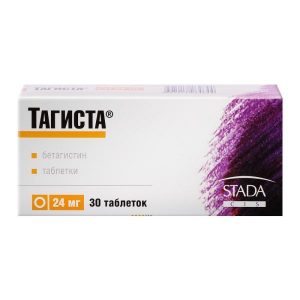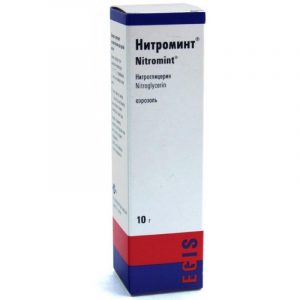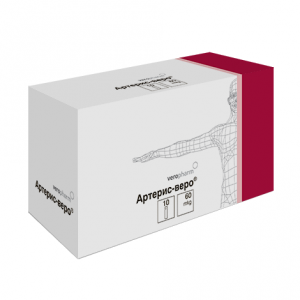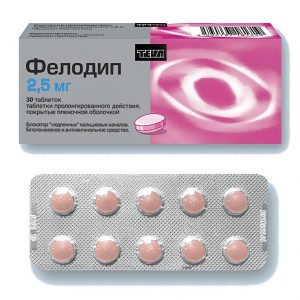Description
Latin name Mrdprrdlprrd 53rdprrd 53rdprrd pldrplrd 53rdprrd
Release form
Tablets.
packaging 10 pcs – blister packs (2) – packs of cardboard.
Pharmacological action
Pharmaceutical group: antacid.
Pharmaceutical action:
Aluminum hydroxide and magnesium hydroxide neutralize the free hydrochloric acid of gastric juice without causing its secondary hypersecretion. In addition, increasing the pH of gastric juice when taking Maalox® leads to a decrease in the activity of pepsin in gastric juice. The drug also has an adsorbing and enveloping effect, due to which the effect of damaging factors on the mucous membrane of the esophagus and stomach is reduced.
Pharmacokinetics:
A decrease in blood pressure within the therapeutic range does not affect cerebral circulation, blood flow in the vessels of the brain is maintained at a sufficient level and against a background of decreased blood pressure. Enhances coronary and renal blood flow. With prolonged use, hypertrophy of the LV of the myocardium and myofibril of the walls of the arteries of the resistive type decreases, prevents the progression of heart failure and slows the development of LV dilatation. Improves blood supply to the ischemic myocardium.
Reduces platelet aggregation. It lengthens life expectancy in patients with heart failure, slows down the progression of LV dysfunction in patients after myocardial infarction, without clinical manifestations of heart failure.
Has some diuretic effect. Reduces intracranial hypertension, slowing the development of glomerulosclerosis and the risk of chronic renal failure.
enalapril is a prodrug: a small amount passes through the placenta and into breast milk.
T1 / 2 enalaprilat – 11 hours. It is excreted mainly by the kidneys – 60% (20% – as enalapril and 40% – as enalaprilat), through the intestines – 33% (6% – as enalapril and 27% – as enalaprilat )
Removed during hemodialysis (rate 62 ml / min) and peritoneal dialysis.
Indications
Arterial hypertension (symptomatic, renovascular, including scleroderma, etc.), CHF I-III Art.
Prevention of coronary ischemia in patients with LV dysfunction, asymptomatic dysfunction of the left ventricle.
Contraindications
Hypersensitivity to exenatide or excipients that are part of the drug
Diabetes mellitus type 1 or the presence of diabetic ketoacidosis
Severe renal failure (gastrointestinal tract disease) enalapril or other ACE inhibitors
Pregnancy, lactation.
Caution:
History of angioedema during therapy with ACE inhibitors, hereditary or idiopathic angioneurotic edema
Aortic stenosis
Cerebrovascular disease (including cerebrovascular insufficiency)
ischemic heart disease
Coronary insufficiency
Severe autoimmune systemic diseases of the connective tissue (including SLE, scleroderma)
Inhibition of bone marrow hematopoiesis
Disease sardlkrploenosis
Renal and / or liver failure
Diet with restriction of Na +
Conditions accompanied by a decrease in BCC (including diarrhea, vomiting),
Elderly ie, up to age 18 years (Safety and efficacy have not been studied).
Special instructions
Caution should be exercised when prescribing to patients with reduced BCC (as a result of diuretic therapy, while limiting salt intake, hemodialysis, diarrhea and vomiting) – the risk of sudden and pronounced decrease in blood pressure after applying even an initial dose of an ACE inhibitor is increased. Transient hypotension is not a contraindication to continue treatment with the drug after stabilization of blood pressure. In the case of a repeated marked decrease in blood pressure, the dose should be reduced or the drug should be discontinued.
With the development of an excessive decrease in blood pressure, the patient is moved to a horizontal position with a low head, if necessary, a 0.9% NaCl solution and plasma-replacing drugs are administered.
The use of high-flow dialysis membranes (including AN69) increases the risk of anaphylactic reaction. Correction of the dosing regimen on days free of dialysis should be carried out depending on blood pressure.
Before and during treatment with ACE inhibitors, it is necessary to control blood pressure, blood counts (Hb, K + concentration, creatinine, urea, liver enzyme activity), and protein in the urine.
Carefully monitor patients with decompensated heart failure, coronary heart disease, and cerebrovascular disease, in which a sharp decrease in blood pressure can lead to myocardial infarction, stroke, or impaired renal function. Sudden withdrawal of treatment does not lead to withdrawal syndrome (a sharp increase in blood pressure).
Patients with a history of angioedema have a history of an increased risk of developing it when taking ACE inhibitors.
For newborns and infants exposed to prenatal ACE inhibitors, careful monitoring is recommended for the timely detection of a pronounced decrease in blood pressure, oliguria, hyperkalemia and neurological disorders, possible due to a decrease in renal and cerebral blood flow with a decrease in blood pressure caused by ACE inhibitors. In oliguria, it is necessary to maintain blood pressure and renal perfusion by introducing appropriate fluids and vasoconstrictor drugs.
In patients with reduced renal function, a single dose should be reduced or the intervals between doses should be increased.
Enalapril should be discontinued before examining the functions of the parathyroid glands.
Caution should be exercised when performing exercise or in hot weather (risk of developing dehydration and an excessive decrease in blood pressure due to a decrease in bcc).
Before surgery (including dentistry), the surgeon / anesthetist should be advised of the use of ACE inhibitors.
During treatment, care must be taken when driving vehicles and engaging in other potentially hazardous activities that require an increased concentration of attention and speed of psychomotor reactions (dizziness is possible, especially after taking an initial dose of an ACE inhibitor in patients taking diuretic drugs).
Composition
1 tablet contains:
Active ingredient:
enalapril maleate – 5 mg.
Excipients:
Microcrystalline cellulose – 73 mg
Pregelatinized corn starch – 30 mg
Talc – 3 mg
Colloidal silicon dioxide – 1 mg
Magnesium stearate – 1 mg.
Dosage and administration
Inside, regardless of food intake.
In monotherapy of arterial hypertension – the initial dose of 5 mg 1 time per day. In the absence of effect, after 1-2 weeks, the dose is increased by 5 mg. After the initial dose, patients should be under medical supervision for 2 hours and an additional 1 hour until blood pressure stabilizes. If necessary and sufficiently good tolerance, the dose can be increased to 40 mg / day for 1-2 doses. After 2-3 weeks, they switch to a maintenance dose of 10-40 mg / day, divided into 1-2 doses. With moderate hypertension, the average daily dose is about 10 mg. The maximum daily dose of the drug is 40 mg.
In case of administration to patients receiving diuretics at the same time, treatment with a diuretic should be stopped 2-3 days before enalapril is prescribed. If this is not possible, then the initial dose of enalapril should be 2.5 mg / day.
For patients with hyponatremia (serum Na + concentration less than 130 mmol / l) or serum creatinine concentration more than 0.14 mmol / l, the initial dose is 2.5 mg once a day.
Renovascular hypertension: the initial dose is 2.5-5 mg / day. The maximum daily dose is 20 mg.
In severe arterial hypertension, iv administration is possible (see Enalaprilat), carried out only in a hospital setting.
In CHF, the initial dose is 2.5 mg once, then the dose is increased by 2. 5-5 mg every 3-4 days in accordance with the clinical response to the maximum tolerated doses (depending on blood pressure), but not higher than 40 mg / day, once, or in 2 divided doses. In patients with low systolic pressure (less than 110 mm Hg), therapy should be started with a dose of 1.25 mg. Dose selection should be carried out within 2-4 weeks or in a shorter time. The average maintenance dose is 5-20 mg / day for 1-2 doses.
In the elderly, a more pronounced hypotensive effect and an increase in the duration of the drug’s action are more often observed, which is associated with a decrease in the excretion rate of enalapril, so the recommended initial dose for the elderly is 1.25 mg.
With asymptomatic dysfunction of the left ventricle – 2.5 mg 2 times a day. The dose is adjusted according to tolerance up to 20 mg / day, divided into 2 doses.
In chronic renal failure, cumulation occurs with a decrease in filtration of less than 10 ml / min. With CC 80-30 ml / min, the dose is usually 5-10 mg / day, CC 30-10 ml / min – 2.5-5 mg / day, less than 10 ml / min – 1.25-2.5 mg / day only on dialysis days.
The duration of treatment depends on the effectiveness of the therapy. With a too pronounced decrease in blood pressure, the dose of the drug is gradually reduced.
Side effects
From the CCC side: excessive decrease in blood pressure, orthostatic collapse, rarely chest pain, angina pectoris, myocardial infarction (usually associated with a pronounced decrease in blood pressure), arrhythmias (atrial brady or tachycardia, atrial fibrillation, cardiac fibrillation), pulmonary artery.
From the nervous system: dizziness, fainting, headache, weakness, insomnia, anxiety, confusion, increased fatigue, drowsiness (2-3%), very rarely when used in high doses – nervousness, depression, paresthesia.
On the part of the sensory organs: disorders of the vestibular apparatus, impaired hearing and vision, tinnitus.
From the digestive system: dry oral mucosa, decreased appetite, dyspeptic disorders (nausea, diarrhea or constipation, vomiting, abdominal pain), intestinal obstruction, pancreatitis, impaired liver function and bile secretion, hepatitis, jaundice.
From the respiratory system: unproductive dry cough, interstitial pneumonitis, bronchospasm, shortness of breath, rhinorrhea, pharyngitis.
Allergic reactions: skin rash, angioedema of the face, small intestine (very rare), limbs, lips, tongue, glottis and / or larynx, dysphonia, exfoliative dermatitis, erythema multiforme exudative (including Stevens-Johnson syndrome) toxic epidermal necrolysis (Lyell’s syndrome), pemphigus (pemphigus), pruritus, urticaria, photosensitivity, serositis, vasculitis, myositis, arthralgia, arthritis, stomatitis, glossitis.
On the part of laboratory parameters: hypercreatininemia, an increase in urea concentration, an increase in hepatic transaminase activity, hyperbilirubinemia, hyperkalemia, hyponatremia, a decrease in Hb and hematocrit, an increase in ESR, thrombocytopenia, neutropenia, agranulocytosis (in patients with autoimmune diseases, autoimmune.
From the urinary system: impaired renal function, proteinuria.
Other: alopecia, decreased libido, flushing. Cases of hypoglycemia have been reported in patients with diabetes who took insulin and oral hypoglycemic drugs.
Drug interaction
Strengthens the action of ethanol, slows down the excretion of Li +.
Weakens the action of drugs containing theophylline.
Antihypertensive effect reduces NSAIDs, including selective COX-2 inhibitors, estrogens are enhanced by diuretics, other antihypertensive drugs (beta-blockers, methyldopa, nitrates, BMCC, hydralazine, prazosin), drugs for general anesthesia, ethanol.
Potassium-sparing diuretics and potassium-containing drugs increase the risk of hyperkalemia.
drugs that inhibit bone marrow increase the risk of neutropenia and / or agranulocytosis.
With the simultaneous use of ACE inhibitors and gold preparations for parenteral use (sodium aurothiomalate), a symptom complex has been described, including facial flushing, nausea, vomiting, and a decrease in blood pressure.
Concomitant use with insulin and oral hypoglycemic drugs increases the risk of hypoglycemia.
Immunosuppressants, allopurinol, cytostatics enhance hematotoxicity.
Overdose
Symptoms: excessive decrease in blood pressure, up to collapse, myocardial infarction, acute cerebral circulation or thromboembolic complications of convulsions, stupor.
Treatment: the patient is transferred to a horizontal position with a low head. In mild cases, gastric lavage and intake of saline solution are shown, in more serious cases – measures aimed at stabilization of blood pressure: in / in the introduction of 0.9% NaCl solution, plasma substitutes, if necessary – in / in the introduction of angiotensin II, hemodialysis (rate of excretion of enalaprilat – 62 ml / min).
Deystvuyuschee substances
enalapril
Pharmacy terms
Prescription
Dosage form
tablet
Izvarino Pharma, Russia
